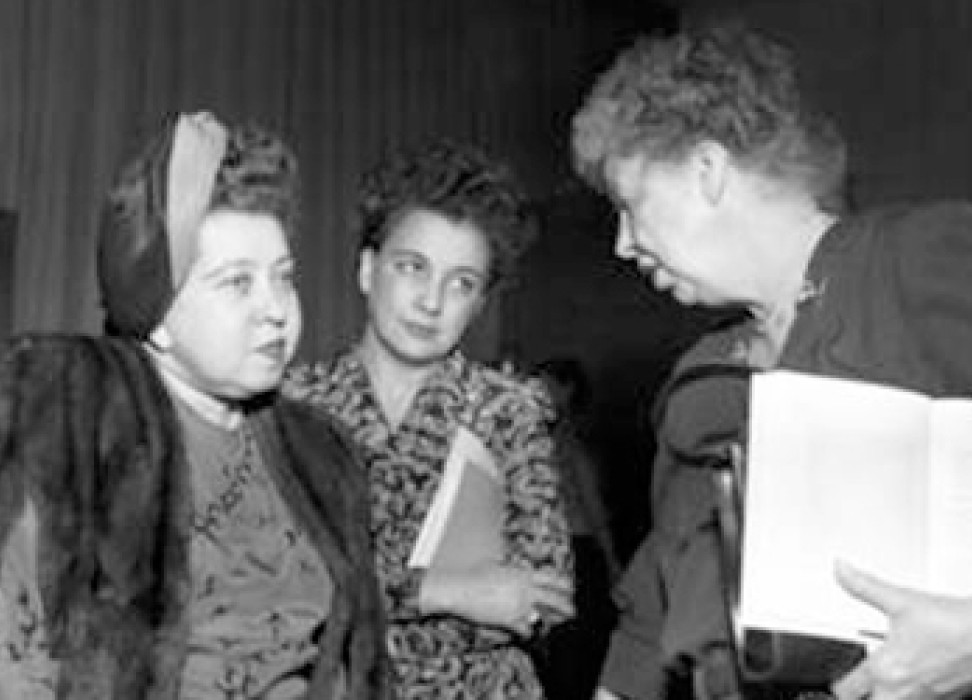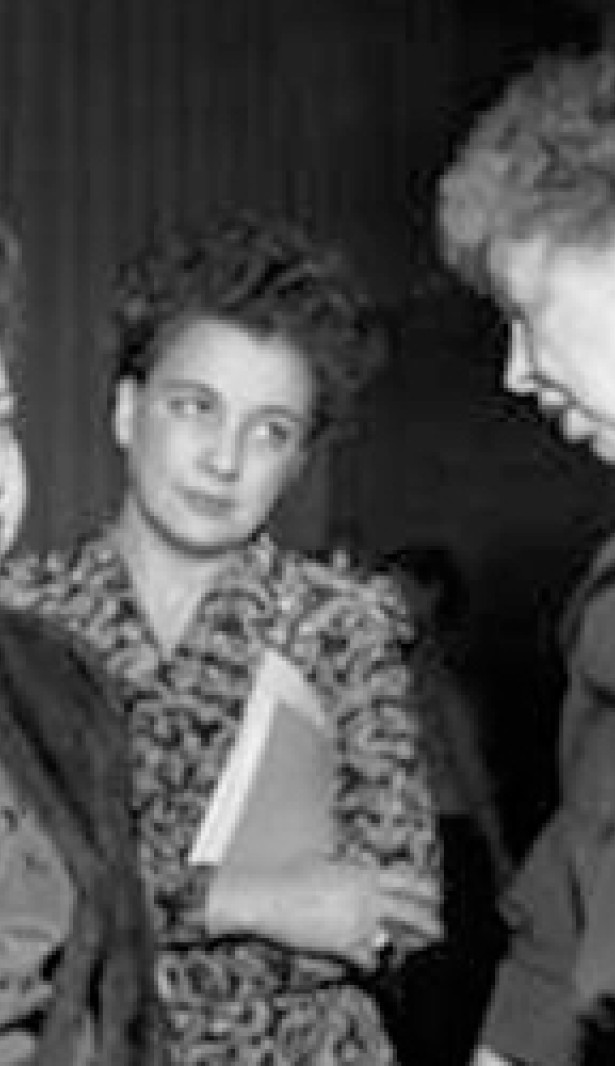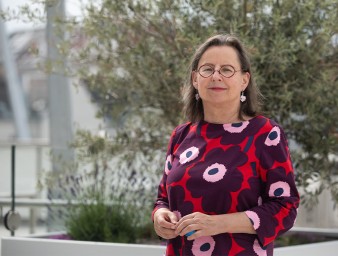The role of women in shaping the Universal Declaration of Human Rights
06 March 2018

Women have left an indelible mark on the Universal Declaration of Human Rights.
Through their pushing particular rights to appear as articles or via changing the very language of the text, women have influenced the shape of the Declaration since its inception. Their work made it the universalizing document that it has remained, said Rebecca Adami, a senior lecturer at Stockholm University in Sweden.
“The counter-narrative I seek to provide fills a gap in studies on human rights and women in history, tracing the notion of human rights to the UDHR as historically anchored in the political and economic struggles for emancipation of women throughout the world after the Second World War,” Adami said.
Adami has taken a closer look at women’s involvement in the early stages of the international human rights movement in general and the UDHR in specific in a number of academic papers. Her book “Women and the Universal Declaration of Human Rights” will be published by Routledge later this year. It will be launched at an event at the United Nations bookshop in New York in early December, right before Human Rights Day.
Rights Trail-blazers
Eleanor Roosevelt is certainly the most prominent woman on the Drafting Committee, and regarded her role in the crafting and securing adoption of the Declaration as her greatest achievement. She was recognized an outspoken champion of human rights, with the political and cultural knowledge to secure them in a divided world.
Yet, Adami maintains that little attention has been paid to the contribution of non-Western women to the drafting and ultimate shape of the UDHR. In her academic work Adami champions the work of women from these countries, pointing out how they were blazing trails internationally, as well in their respective countries.
Three non-western female delegates had a particularly strong influence on the Declaration, according to Adami. They were Minerva Bernardino from the Dominican Republic, Hansa Mehta from India, and Begum Shaista Ikramullah from Pakistan.
As a delegate to the UN Commission on Human Rights (1947 to 1948), Hansa Mehta was a staunch fighter for women’s rights in India and abroad. She is widely credited with making a significant change in the language of Article 1 of the UDHR, by replacing the phrase “All men are born free and equal” to “All human beings are born free and equal.”
“Her enduring legacy, I would say would be her dedication to the idea that equality of sexes was a non-negotiable fact,” said Priya Ravichandran, a policy analyst from Bangalore, whose project “15 for the Republic” researches and collates the life and work of the women who were instrumental in the founding of the state of India. “Every action of hers stemmed from that belief. Her work at the UN, within India in the field of education, as a legislative councillor, as a constituent member, as the first lady of Gujarat, all have that skein running through them.”
Minerva Bernadino of the Dominican Republic was one of the signers of the UDHR in 1948. A diplomat and leader in the feminist movement in Latin America and the Caribbean, she was behind the founding of the UN Commission on the Status of Women. For the Declaration, she pushed for including the phrase “equality of men and women” in the preamble, among other changes.
For Begum Shaista Ikramullah, a delegate to the UN Third Committee from Pakistan, her work on the UDHR was an extension of her deeply held religious, political and social beliefs. A member of the first parliament of the newly independent Pakistan, she pushed for articles and language in the UDHR that emphasized freedom, equality and choice. For example, she championed the inclusion of Article 16 on equal rights in marriage (which she saw as a way to combat child marriage and forced marriage).
Her commitment to equality and participation on the world stage have been part of the enduring legacy of her work, said Rafia Zaka, a columnist for Dawn, one of the largest and oldest newspapers in Pakistan.
“Her work with the UDHR was particularly important because… it showed that feminism is endemic to Pakistan,” she said. “It helps to impress on me and my generation that the imprint of women is the thread that holds together my country.”
Backdrop of change
The UDHR was developed in the wake of the atrocities of World War II and the lack of respect for human rights. The task of drafting the Declaration fell to the UN Commission on Human Rights, but its content was influenced by several other UN bodies, such as the Third Committee of the UN General Assembly, as well as NGOs, such as the International Union of Catholic Women’s Leagues.
The UDHR was also written at a time when colonial empires were just beginning to break up, Adami wrote. The fact that female representatives on the various UN committees from these newly independent countries had experienced inequality as women “helps explain their success (as female representatives were in the minority but active during sessions) in changing the wording from ‘men’ to ‘all human beings’ and inserting the notion of non-discrimination based on sex into the declaration,” she said.
And today, this inherent equality in the Declaration still holds true, said Veronica Birga, who heads the UN Human Rights Office’s section on women’s human rights and gender.
“The demand for equality between men and women, which was voiced in the drafting of the UDHR, still rings true today,” she said. “The past year, from the global women’s marches, to #TimesUp, women are standing up, speaking out, and continuing to change the world.”
6 March 2018




